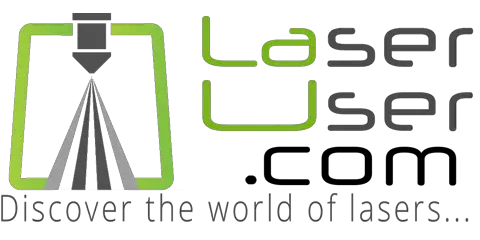I would like to use my garage air compressor as well, but I haven't succumbed to running a line either through the attic or running through my house to get to my office. A portable tank could also work but not as convenient.Gene Uselman wrote: Wed Aug 14, 2019 What Russ added was to shut his air pump off when it was 'deadheaded' as he was concerned about it running with no air flow. I use a sho air compressor with a tank so have never worried about it. My daughter's laser has been going for 2-3 years without that mod with no problems. Russ sometimes over thinks things I believe. That schematic looks like the one with Cloudray's UAA kit that was set up with Russ' help I think.
Based on his results, it seems like the reduced flow really helps keep the smoke off the work when engraving. This mod lets you use the RDWorks software to control the air assist intensity by using the on/off function in the settings. How have you handled the smoke or residue that forms on the surface during engraving? Tape, water & scrub, etc?
I agree, mods aren't necessary to make this a running machine. I've been very successful with it already just by leveling the bed and making a pin table. I'm just looking for ways to increase productivity/repeatability/reliability of the machine as I try to grow my (small) business.
Have I convinced you yet?... Me neither. I really just like to take things apart and feed my inner curiosity, I guess. I think Russ has a simple goal of trying to understand CO2 lasers, how they work, what makes them work better/worse and I find him pretty entertaining. I can see how some people think he tinkers too much but it has really helped me understand what's under the hood of my blue & white.
